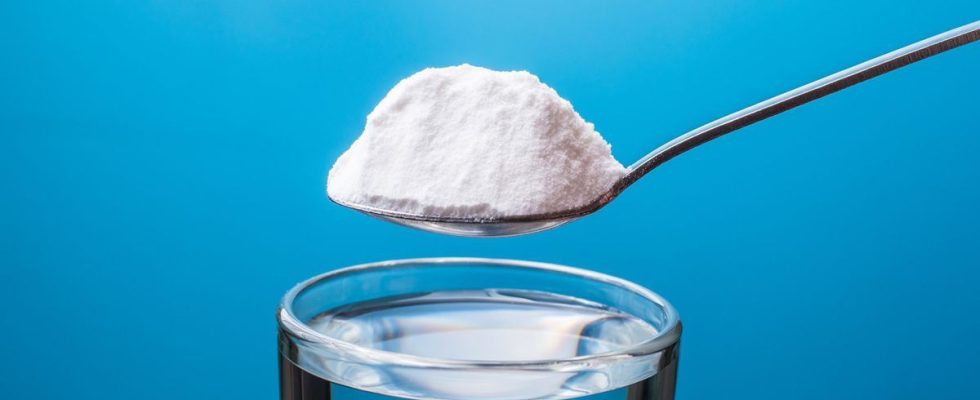Published on
Updated
Reading 2 min.
Worldwide, 2.2 billion people do not have access to safe drinking water, according to a UNESCO report. Scientists are working on solutions to make any water drinkable. In the United States, researchers have developed a powder capable of purifying water using sunlight in just one minute.
Researchers from Stanford University and the SLAC laboratory, part of the United States Department of Energy, are currently developing this astonishing solution. This takes the form of a non-toxic powder which, in contact with sunlight, disinfects the water to make it perfectly drinkable.
This powder, composed of nanometric flakes of aluminum oxide, molybdenum sulfide, copper and iron oxide, is capable of killing thousands of bacteria per second when exposed to light. sun.
The goal is to be able to disinfect water very quickly and effortlessly, these materials being relatively inexpensive and above all very abundant. What is truly innovative in fact is their devastating action in contact with each other. This non-toxic process competes with other solutions that are sometimes more dangerous, notably water treatments based on chemicals, and sometimes more tedious, such as ultraviolet light.
To demonstrate the effects of this solution, the scientists experimented with it in a sample of contaminated water at a rate of one million E. coli bacteria per milliliter. The experiment took place in direct sunlight and once the powder was diluted, it only took 60 seconds for no live bacteria to be detected. If they do not immediately find bacteria to oxidize, the different elements of this powder decompose into water and oxygen and are thus eliminated in a few seconds. Note that the chemical by-products generated by sunlight also dissipate very quickly. The water can therefore be drunk safely.
After the. coli, the researchers plan to test this new powder on other pathogens, including viruses and parasites that cause serious illness. If such a solution were one day to be developed on a large scale, starting with water treatment plants, it would be a revolutionary step forward. Currently, it is estimated that more than two billion people in the world do not have access to drinking water.
The results of their initial research were published in Nature Water.
